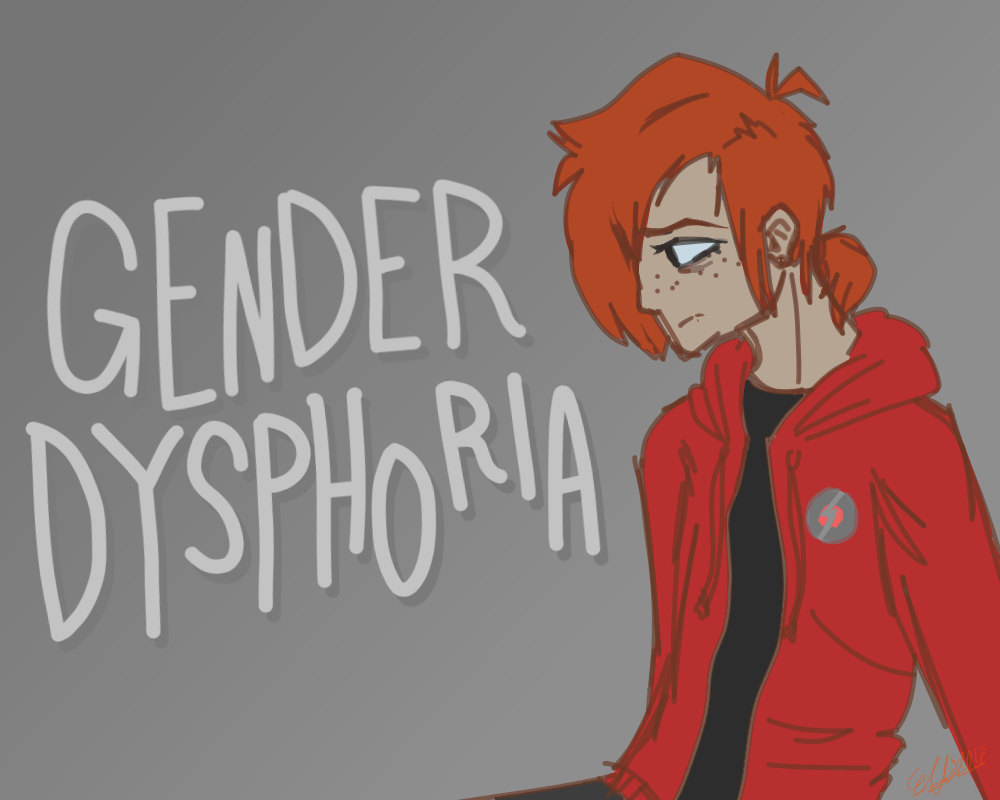Gender dysphoria is the feeling of discomfort that occur in people whose gender identity differs from their sex assigned at birth or sex-related physical characteristics. This discomfort is common among people wwho identify with transgender. Some transgender and gender-diverse people feel at ease with their bodies, with or without medical intervention. A diagnosis includes the DSM-5 Diagnostic criteria. The diagnosis was created to help people with gender dysphoria get access to necessary health care and effective treatment. The term focuses on discomfort as the problem, rather than identity.

Gender dysphoria might cause adolescents and adults to experience a marked difference between inner gender identity and assigned gender that lasts for at least six months. For example, a difference between gender identity and genitals or secondary sex characteristics, such as breast size, voice and facial hair. A strong desire to be rid of these genitals or secondary sex characteristics, or a desire to prevent the development of secondary sex characteristics. A strong desire to have the genitals and secondary sex characteristics of another gender, a strong desire to be or to be treated as another gender, and a strong belief of having the typical feelings and reactions of another gender.
It mmay also cause significant distress that affects how you function in social situations, at work or school, and in other areas of life. This condition start in childhood and continue into adolescence and adulthood. People who have gender dysphoria also often experience discrimination, resulting in stress. Treatment can help people find the gender role that feels comfortable for them, easing distress. Treatment options might include changes in gender expression and role, hormone therapy, surgery, and behavioral therapy. Failing to treat these concerns can make it more difficult to explore your gender identity and ease gender dysphoria. Harvard
